[Okazaki city] Learn about the History and Miso Production on a Tour of the "Maruya Hatcho miso" brewery!
Table of Contents
Take a tour of the brewery and learn up close!

Well then, let's actually take a tour of the brewery and learn up close! First of all, we will accept at the direct sales office.
[Tour time]
Admission from 9:00 to 16:20
(Closed from 12:00 to 13:00. Last guidance will be at 16:20)
*If the tour bus is crowded, there may be times when we cannot guide you.
*Reservations required for groups. Same-day reservations and visits are OK if there is space. One person can also be accepted.
[Inquiry]
For tour reception only 0564-22-0678
[email protected]

There are chairs at the direct sales office, and a video explaining Hatcho miso is also shown, so we recommend watching this first and then taking the tour to gain a deeper understanding.
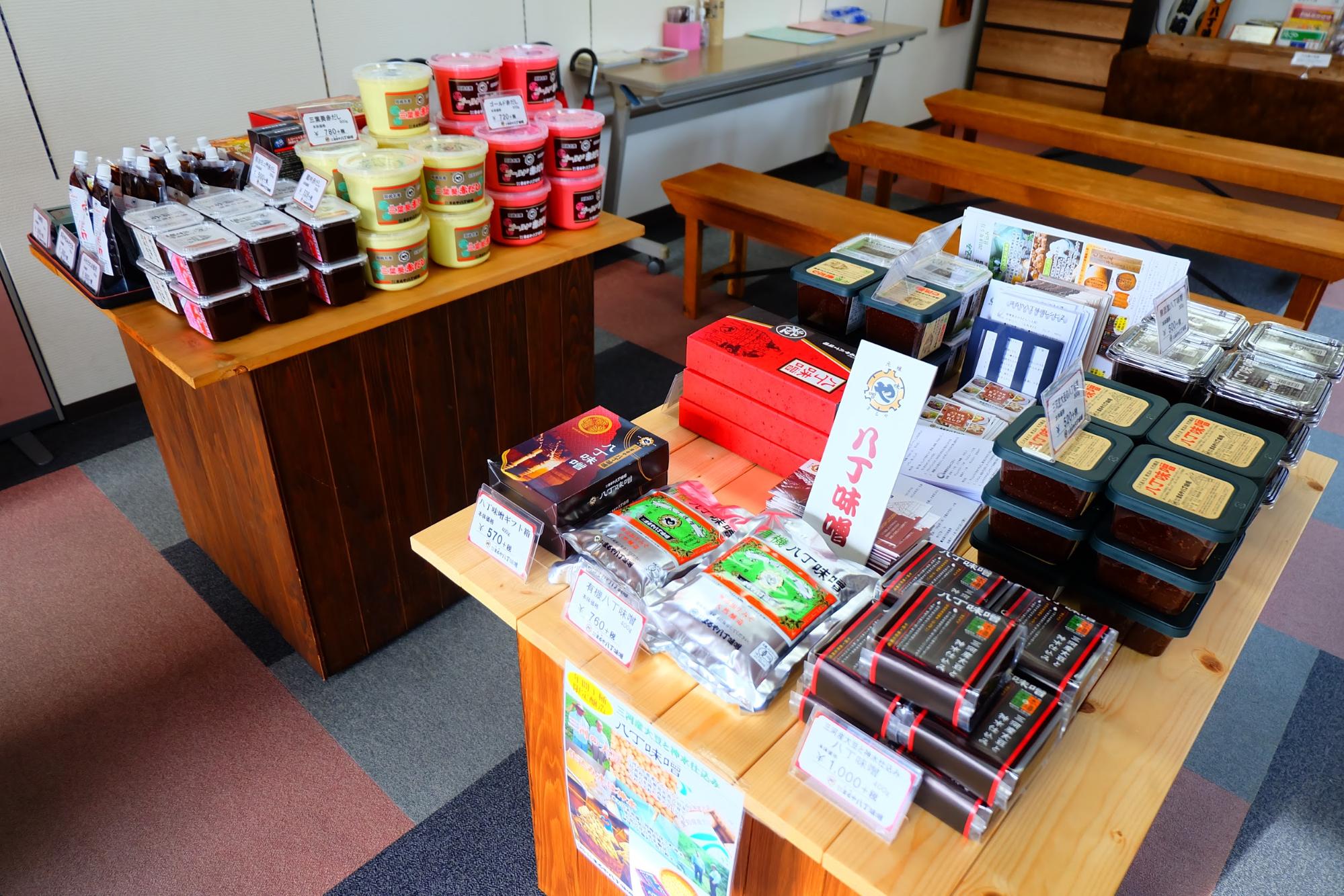
They also sell products, so if you want to buy only miso, please click here.

Let's start the brewery tour!
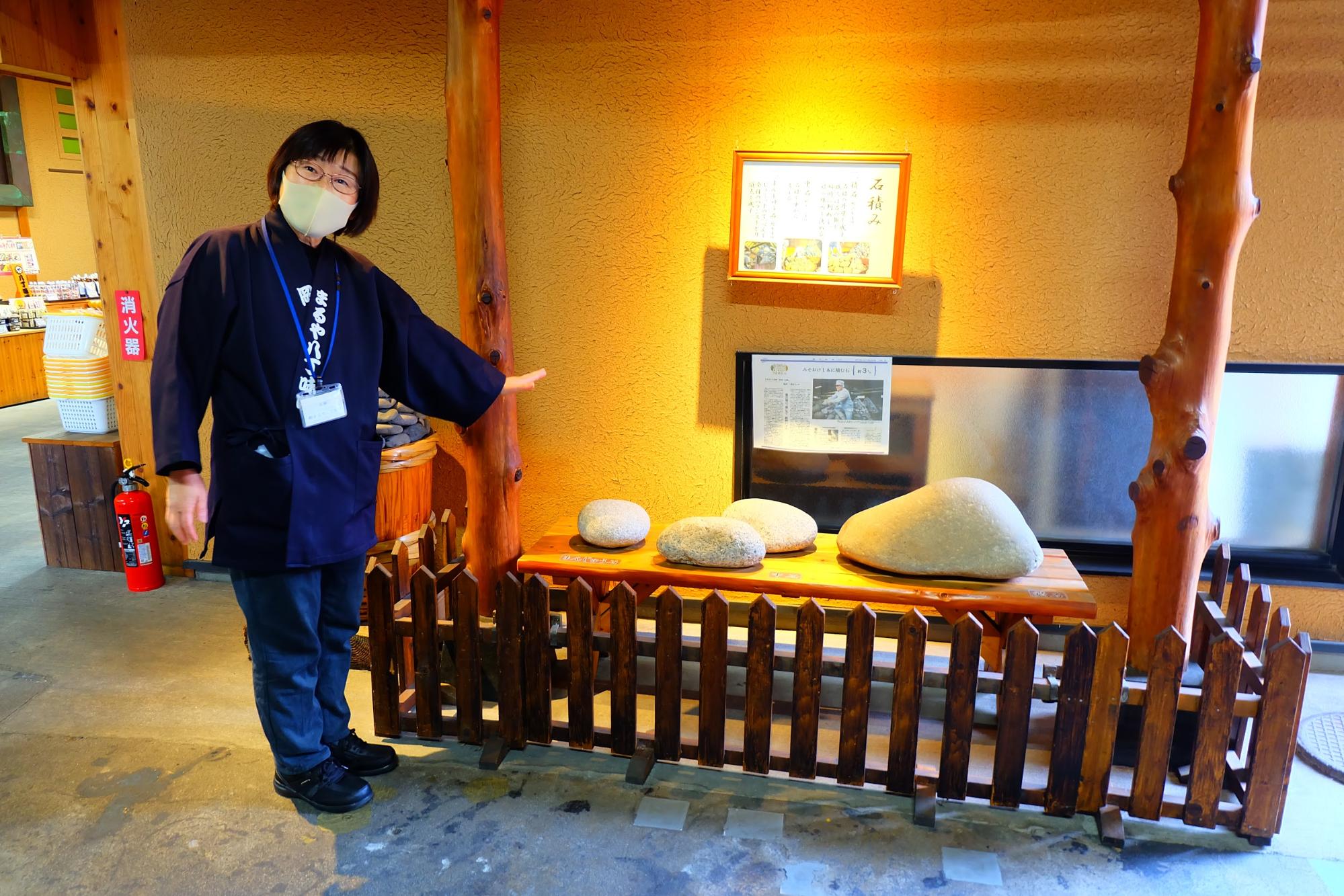
Her name is Ms. Yagami, who was my guide this time.
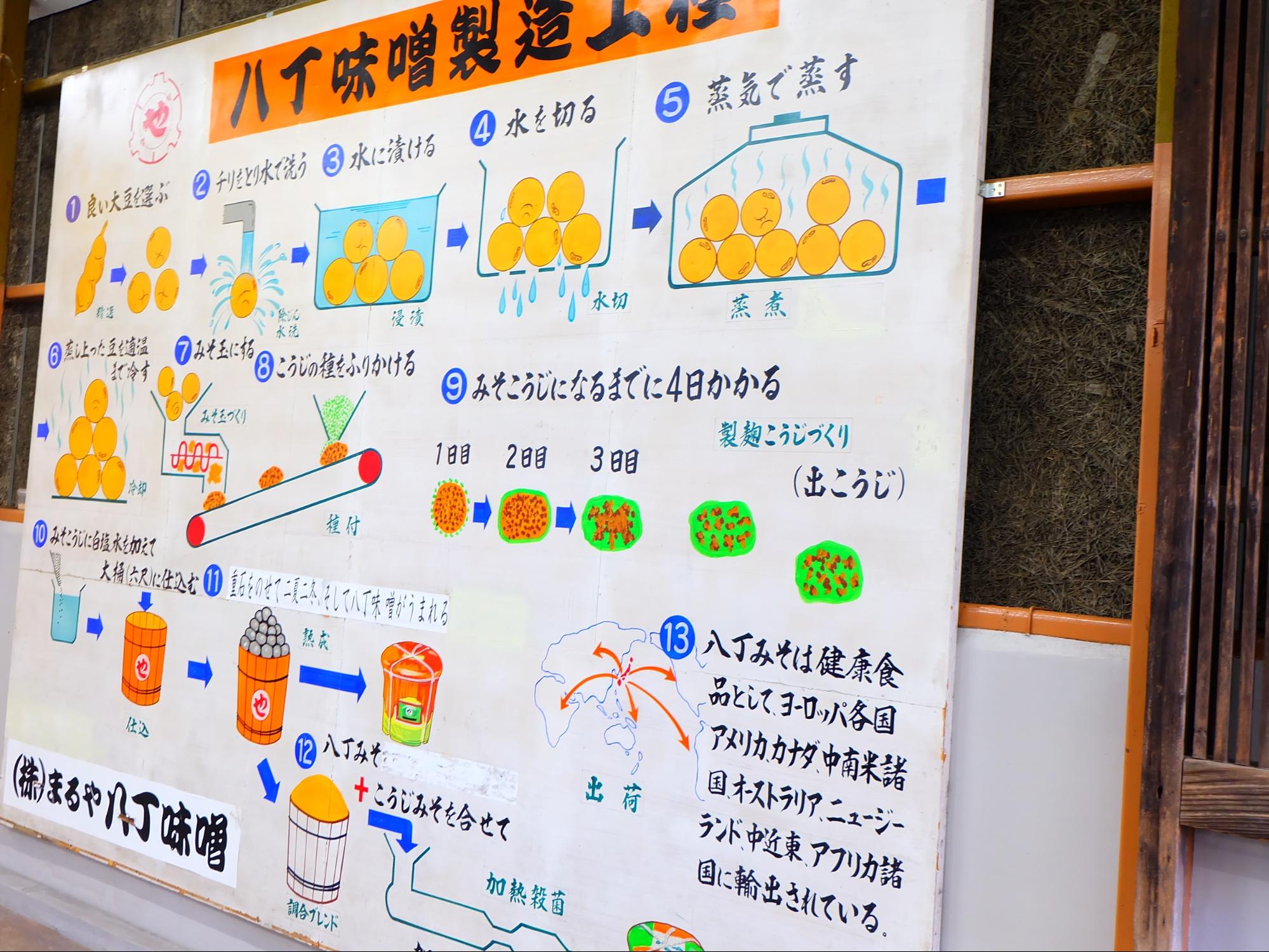
Suddenly, a large signboard welcomes you. The manufacturing process for Hatcho miso is explained in an easy-to-understand manner using hand-drawn illustrations.
Ms. Yagami: "Haccho miso is characterized by its hardness, astringency and acidity, but the more you stew it, the sweeter it becomes and the more umami it has. That's why there are so many dishes stewed in miso in Aichi Prefecture!"
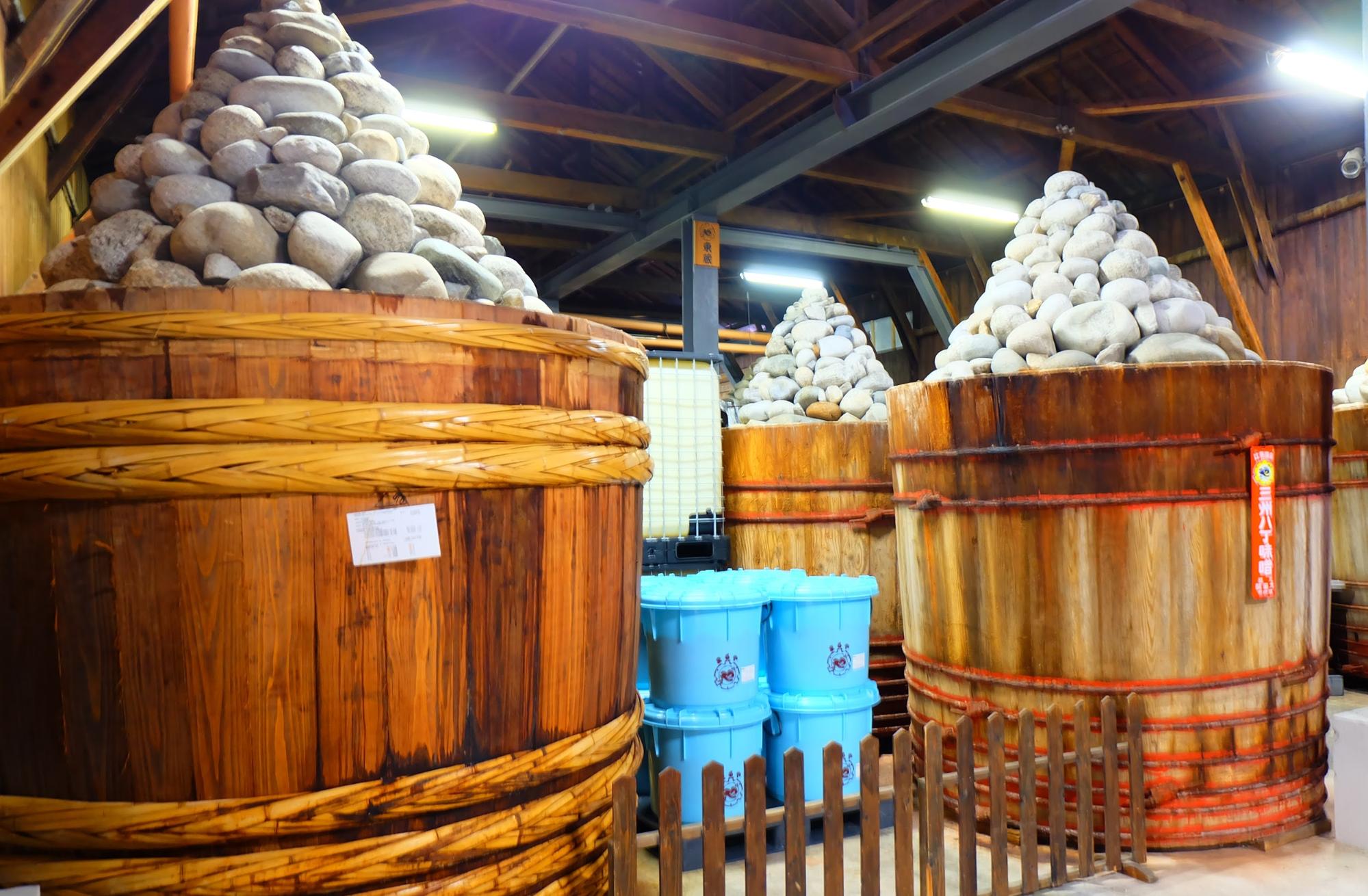
There are many wooden barrels stacked with stones in the storehouse. It's a masterpiece when you see it up close!
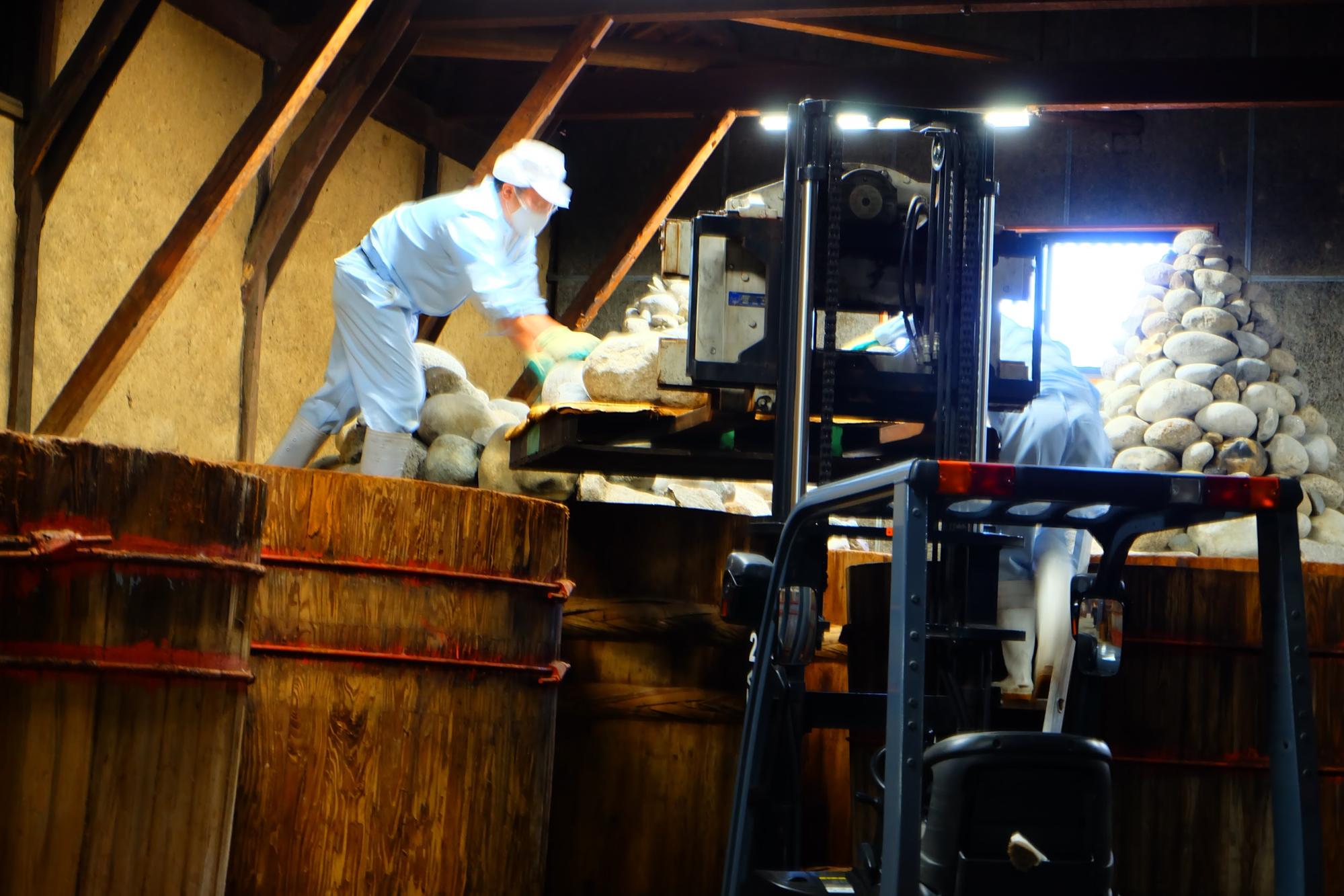
This is the actual "stone stacking" being worked on. The preparation is done during the cold season, and it takes 7 to 10 years to master this masonry technique. In addition, craftsmen not only pile stones, but also pile them using a technique in line with the teachings of their predecessors to "face" the stones, a technique unique to craftsmen.
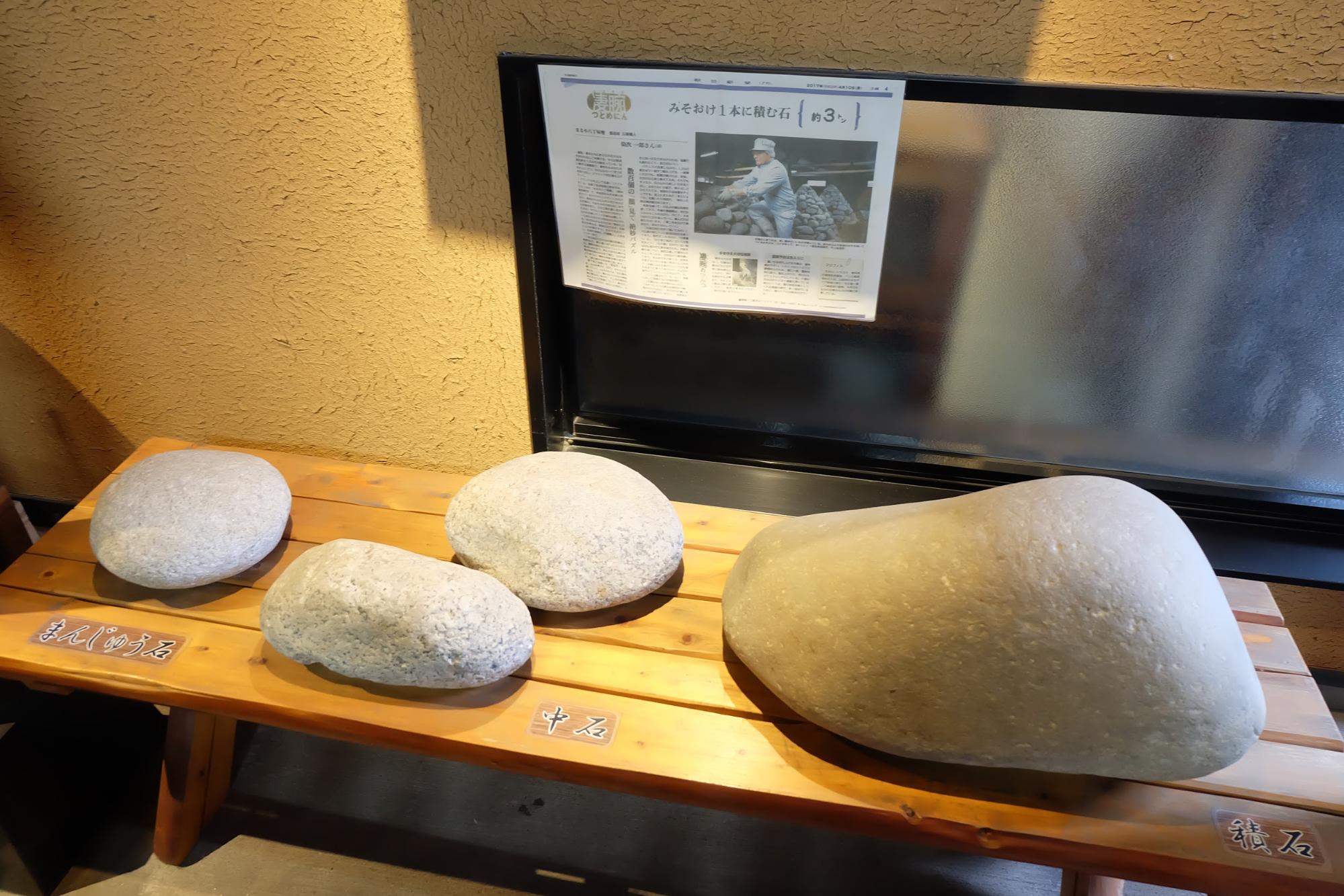
These are the actual stones to be piled up. The stones were originally weighed down with stones from the upper reaches of the Yahagi River. The largest stone is the foundation stone, weighing approximately 60 kg. The medium-sized stone weighs about 11 kilograms, and the stone on the left is called "manju-seki (dumpling stone)," weighing about 9 kilograms. The "manjyu-seki" plays an important role in the final stage.
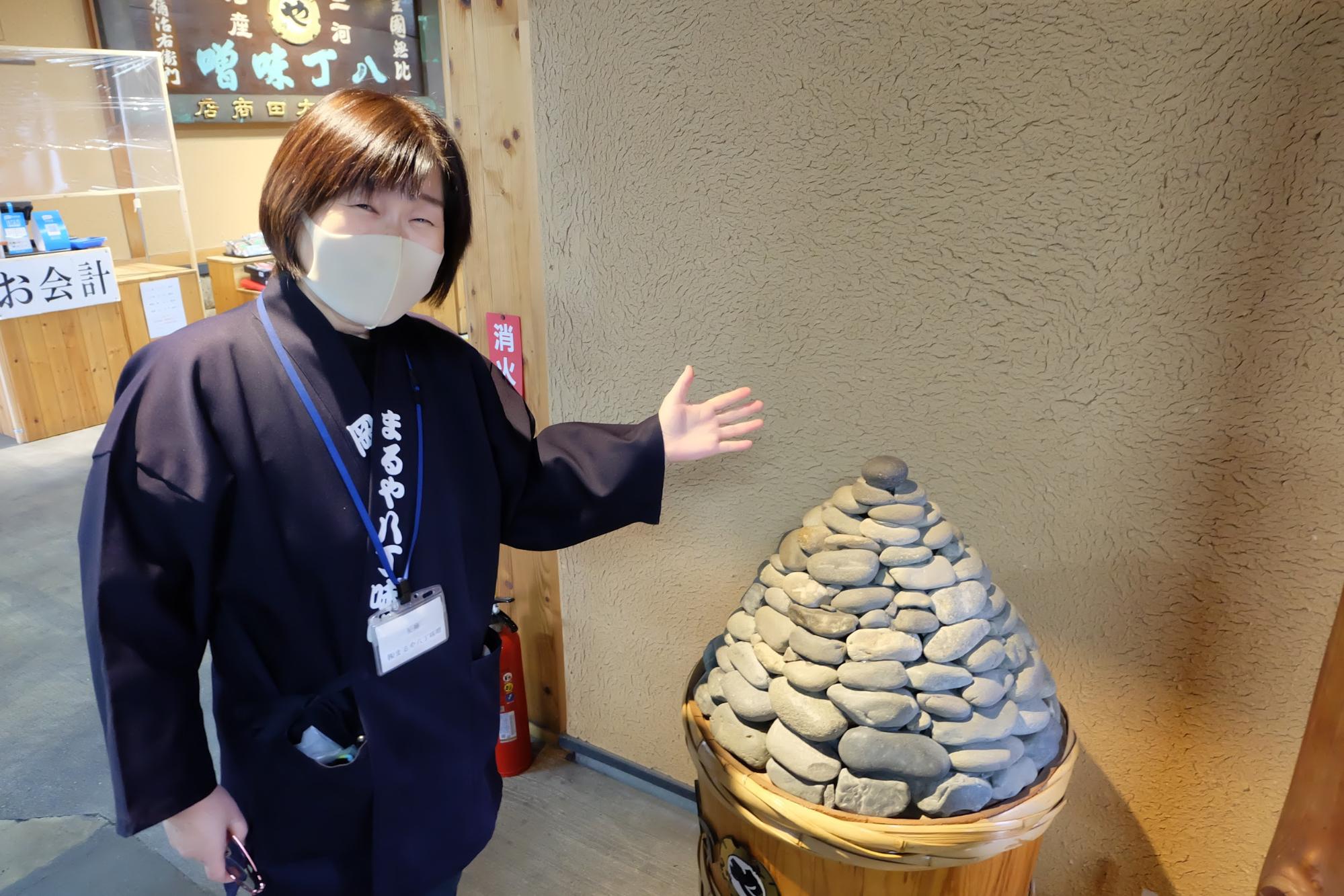
Mr. Yagami: “It is very important that the manju stones are stable when placed, and that they are well-balanced.

In addition, Hiyoshi Maru's "Stone Throwing Well" is also on display. At that time, when Hideyoshi was still calling himself Hiyoshimaru, he threw a miso stone into this well when he was chased for mischief. The person who was chasing him heard the sound and thought that he had fallen into the well, and escaped during that time.
Rich lineup from Hatcho miso to red miso

Hatcho miso (grains) 1000 yen (excluding tax)
From here, let's introduce some of the types of miso.
The chic red and black packaging of Hatcho miso (grains). The regular Hatcho miso is chilled so it is smooth, but this one is packed straight from the tub, so you can enjoy the texture of the grains.
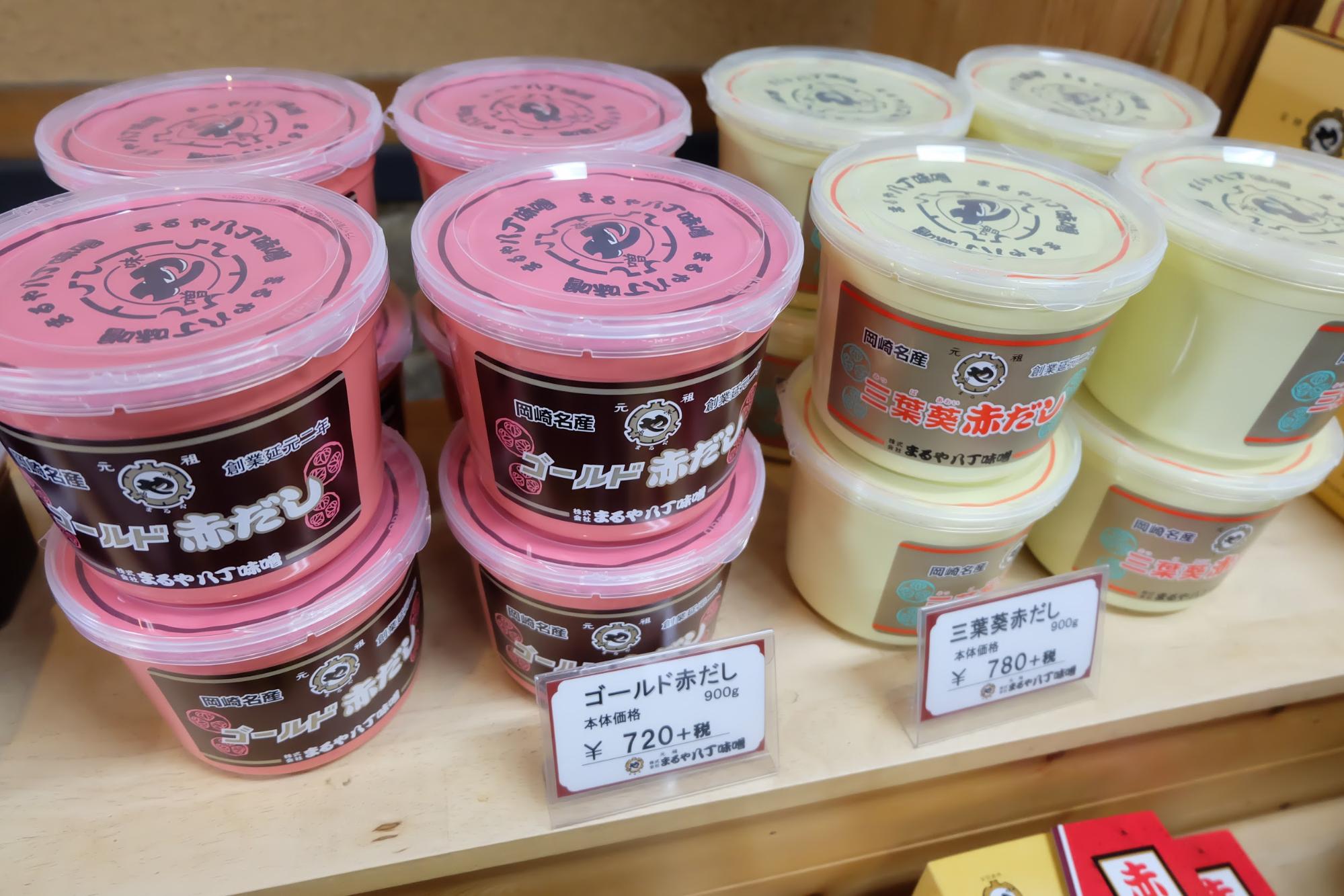
(Left) Gold Akadashi 720 yen (excluding tax) (Right) Mitsuba Aoi Akadashi 780 yen (excluding tax)
"Aka-dashi" is a combination of Hatcho miso and rice miso (shiro-miso). The pink "Gold Aka-dashi" on the left is aka-dashi miso that has been loved by local people for over 40 years. The "Mitsuba Aoi Aka-Dashi" on the right is a smoother version of the Gold.
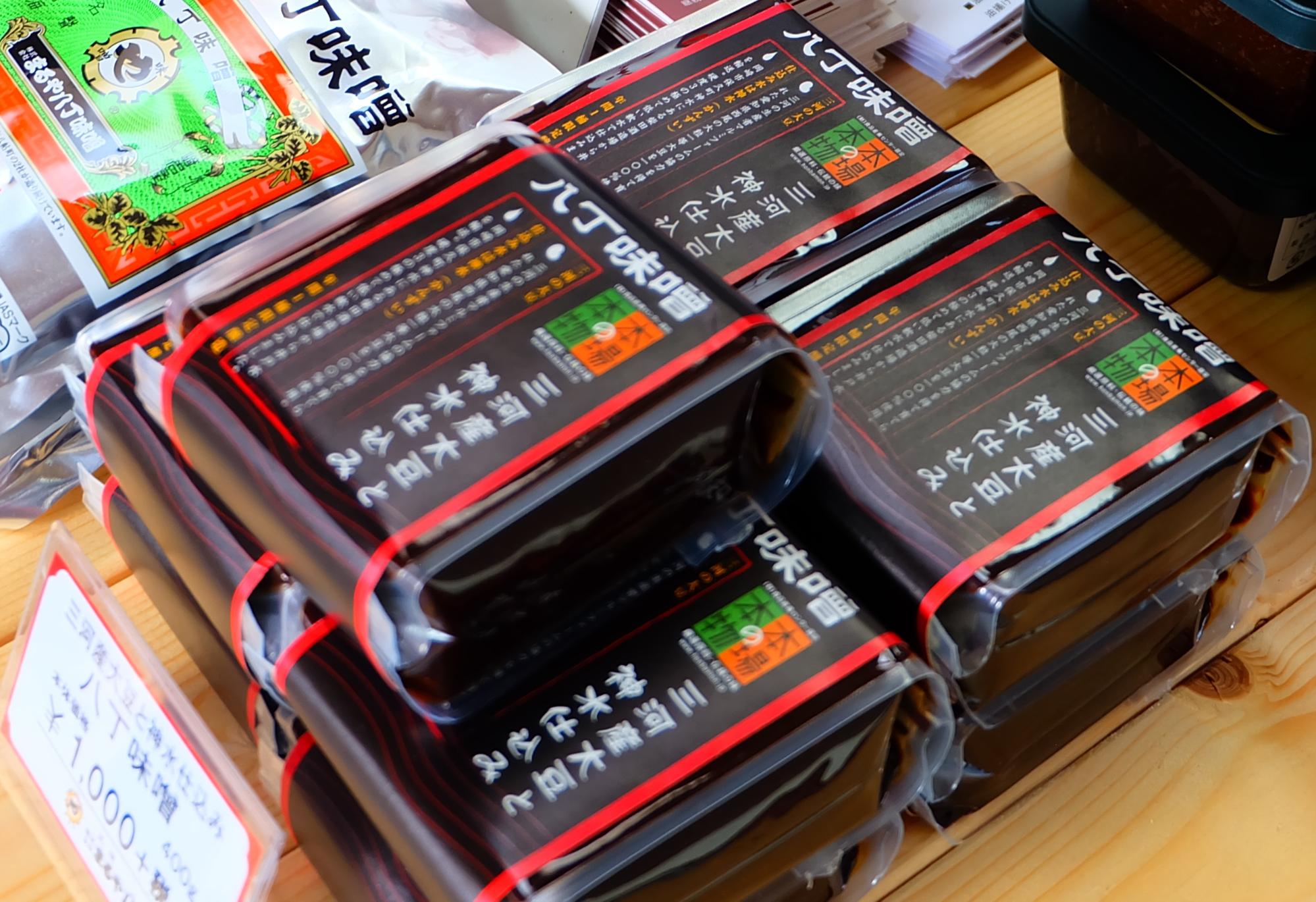
Hatcho miso made with Mikawa soybeans and divine water 1,000 yen (excluding tax)
This is the premium product "Mikawa Soybeans and KANZUI Brewing Hatcho miso", which goes on sale for a limited time each year starting October 1 and sells out by December. The brewing water is also carefully selected, using only one tub of "Kansui," natural well water from Shibata Sake Brewery in Okazaki, Japan. KANZUI is very soft water with a hardness of 3, which gives it a smoother and deeper flavor.

Miso Karinto ¥370 (Before Tax)
Other popular items include the crispy "Miso Karinto" made with Hatcho miso.
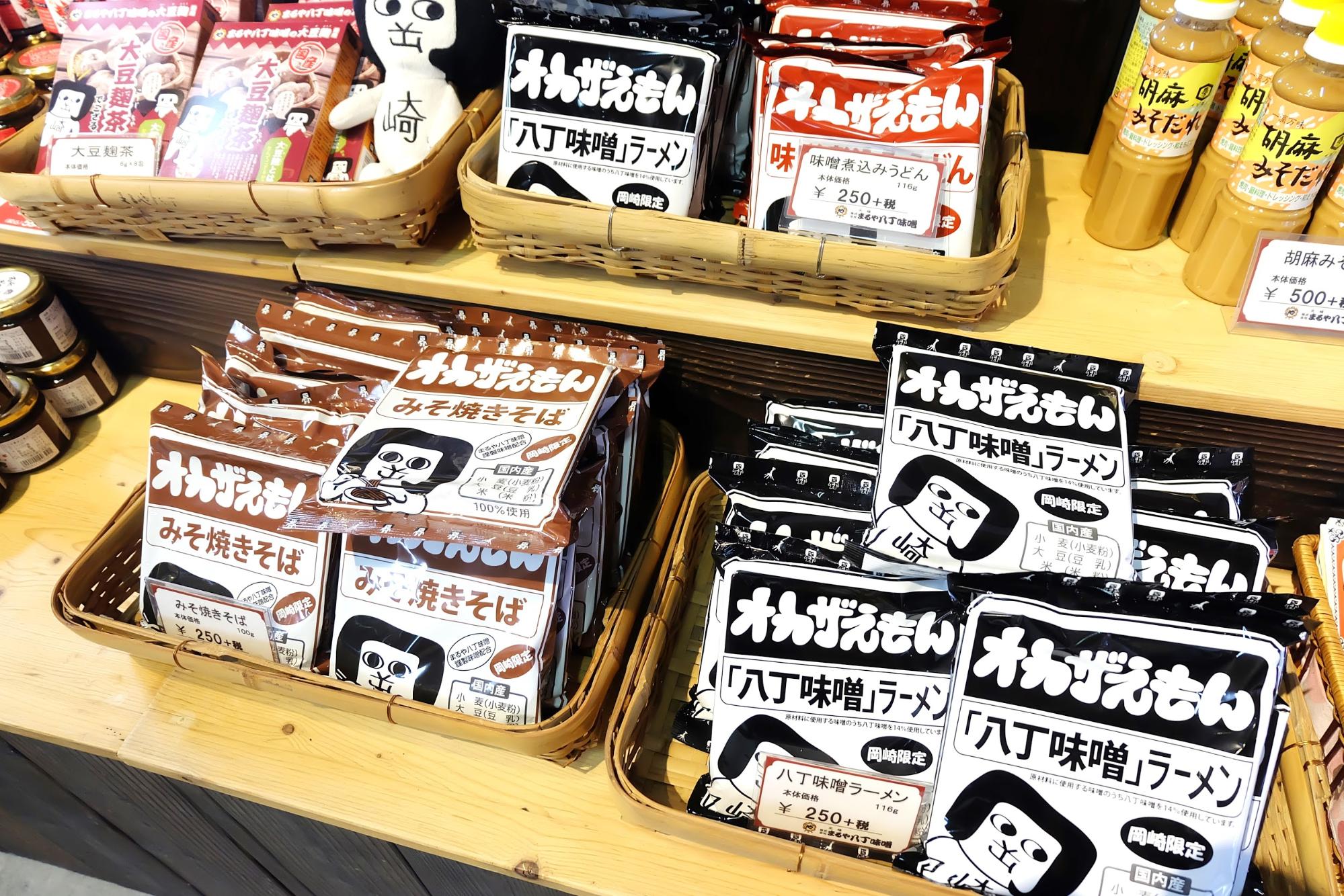
Okazaemon series 250 yen each (excluding tax)
The eye-catching noodle series featuring Okazaki's local mascot "Okazaemon" has a hilarious illustration. In addition to the standard Miso Nikomi Udon, there are also ramen and yakisoba. This is a collaboration product with Ogasawara Flour Milling Co., Ltd., which makes Kirimaru Ramen using domestically produced wheat, soybeans, and rice.
Preserving and Passing on Traditions
Finally, President Asai talked about his thoughts on making miso.
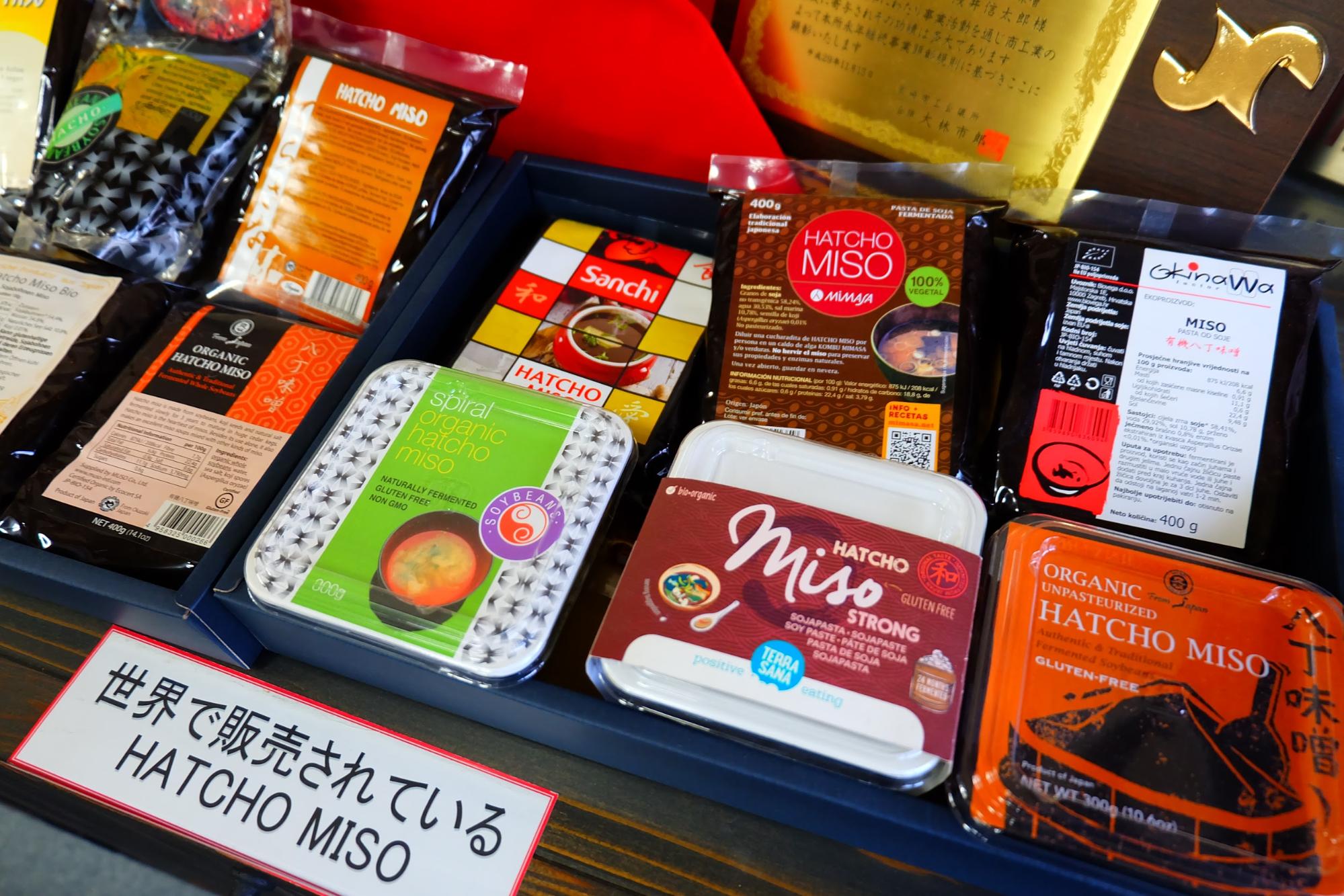
Products for overseas. Package design is different for each country.
Hatcho miso is also exported overseas, right?
President Asai: "It is especially favored in France. Fermentation and aging may be common to cheese and wine. Europeans are very picky. They listen carefully until they are satisfied and understand. I think they sympathize with this way of making things because they are a people who judge and discard good and bad. I am often asked why the price of Hatcho miso is so high (1,000 yen), but I hope that the target minority group is happy. I think that's why it's accepted in Europe."
Exports began in 1968, starting with the United States, and then to Europe the following year. The president himself traveled overseas, where he was known as Mr. Hatcho, and even had a picture book written about him. Maruya's Hatcho miso is now popular in over 20 countries around the world as "Hatcho Miso."
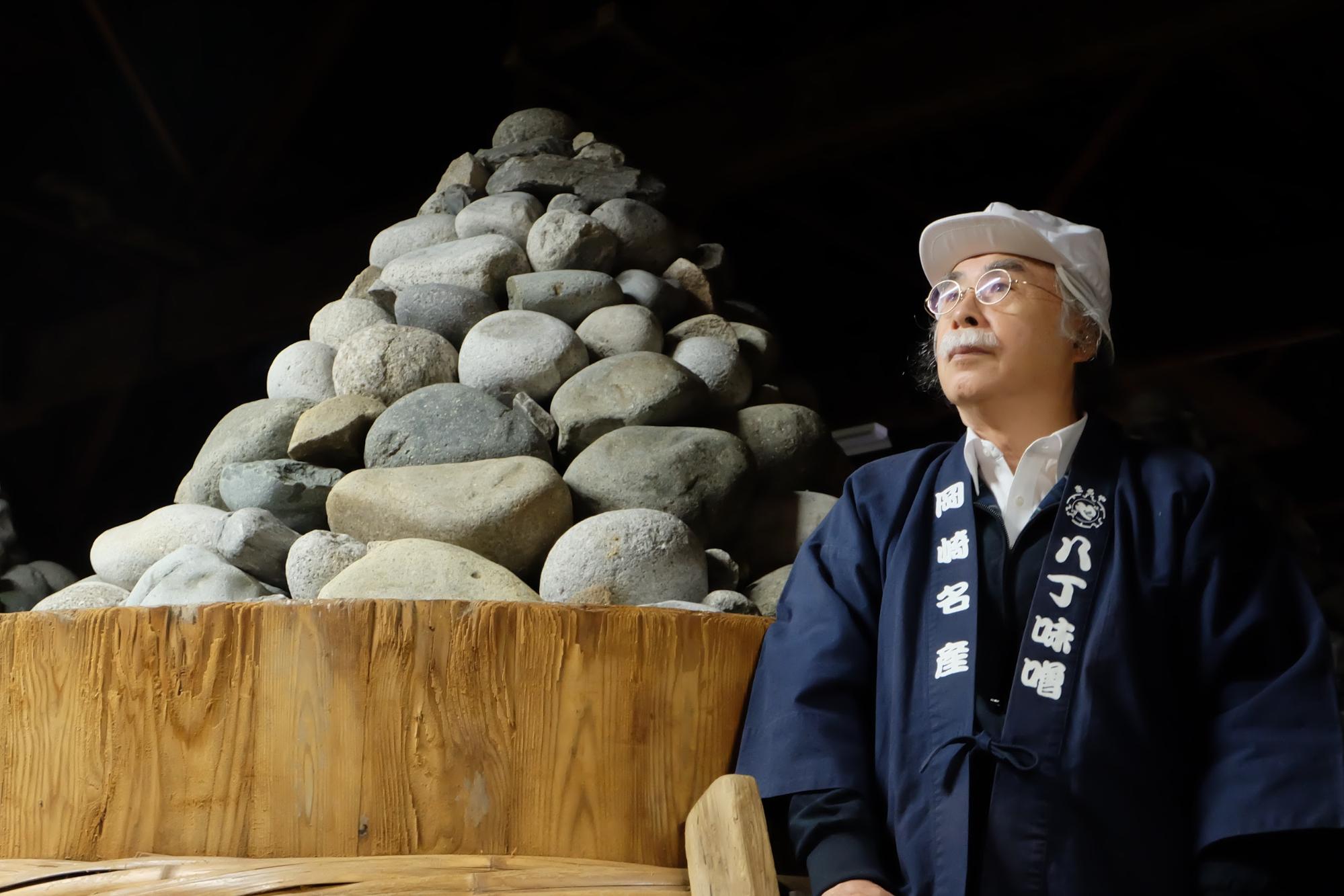
President Asai
– It was founded in 1337, isn’t it?
President Asai: "It originally started as a brewing industry, and Hatcho miso started in the early Edo period.There is no evidence, but it is said to be from word of mouth.''
–There are only two companies in Okazaki that carry on the tradition of Hatcho miso.
President Asai: "Each of them has a kind of personality. Do you know what "kuraguse" means? It's a fungus that lives in the brewery, and although you can't see it, its influence makes the taste of the same Hatcho miso product different from brewery to brewery. Just as the Japanese speak a different language and live in a different climate in Tohoku and Kyushu, the same is true of miso.
If it were mechanized, it would be possible to produce it in large quantities efficiently, but why have we continued to produce it in this style in this land for 680 years? This is because the same soil and wood have been used since the Edo period, and the bacteria have changed from generation to generation in almost the same state, and they have remained to this day. In that sense, the natural environment is very important and has a great impact. ”

– The environment is very important for bacteria.
President Asai: "We order the wooden buckets more than a year in advance. It takes about a year for the Oke-maker to scrape off the Yoshino cedar that was planted and grown about 200 years ago, cut it down, dry it, and assemble it. If used carefully, they can be used for more than 100 years. When the wooden vats are cleaned, they are washed in water and no detergent is used. This is all for the sake of the environment for bacteria. If we do not think about things over a certain span of time, we cannot gain the trust of our customers or even our employees. I hope to continue expressing products born from this kind of thinking."
Unlike the mass-produced miso that we usually buy at the supermarket, Hatcho miso that takes such a lot of time and effort is packed with the weight of history and the thoughts of the president and craftsmen, just like the building blocks. I hope that the pride and tradition of Aichi and Okazaki will continue to be preserved and passed on!
![[Okazaki city] Learn about the History and Miso Production on a Tour of the "Maruya Haccho miso" brewery!| Okazaki City Outing Spots > Tourist Spots | Life Designs | Traveling and Living in Nagoya, Aichi, Gifu and Mie](https://life-designs.jp/wp/wp-content/themes/wp-templ/assets/img/common/logo.svg)


![[Industrial Museum & Factory Tour] Learn the Manufacturing in Tokai Area!](https://life-designs.jp/wp/wp-content/uploads/2019/06/w1920x1088_factory-1024x580.jpg)
!["INAX Museum", a hands-on museum where you can fully experience the charm of pottery [Part 1]](https://life-designs.jp/wp/wp-content/uploads/2019/06/image7-28-300x200.jpg)
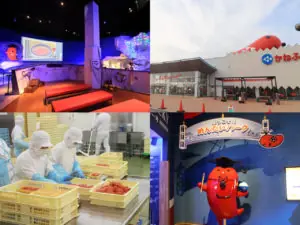
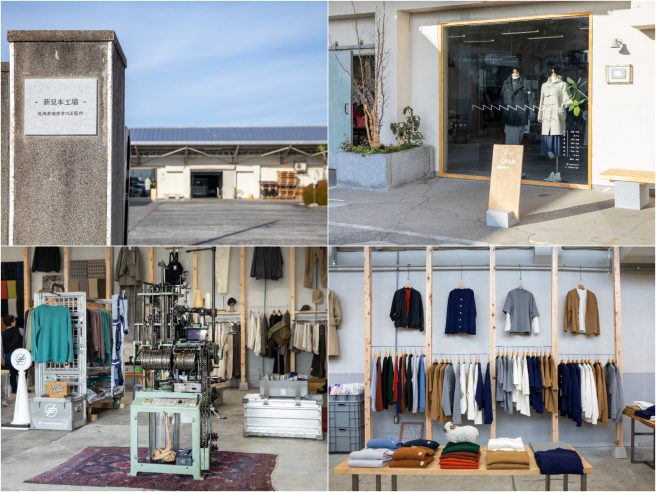
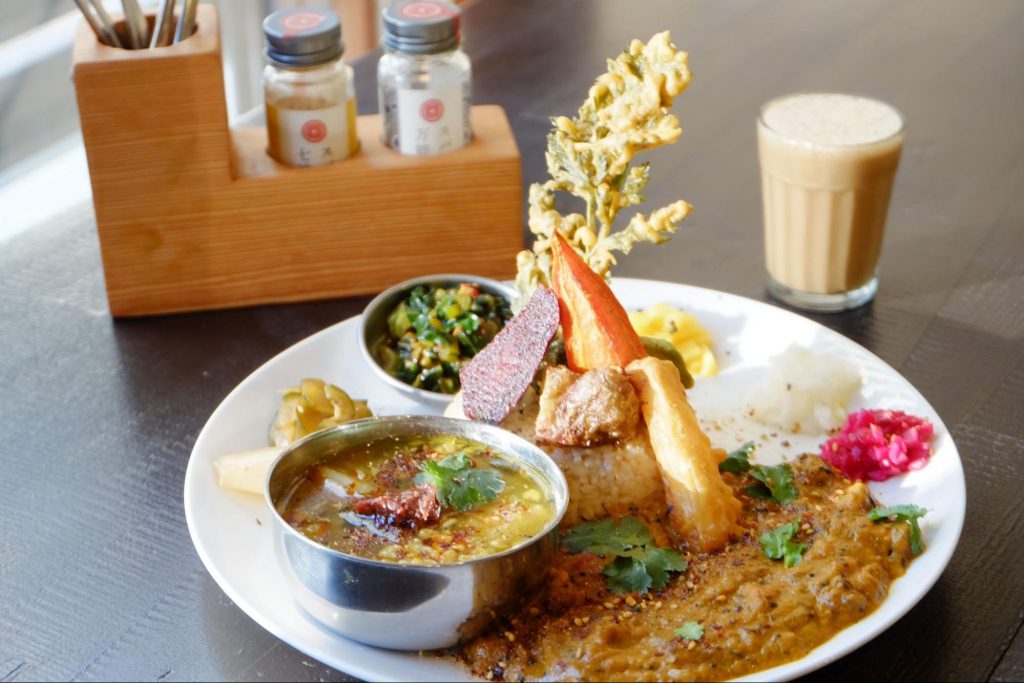
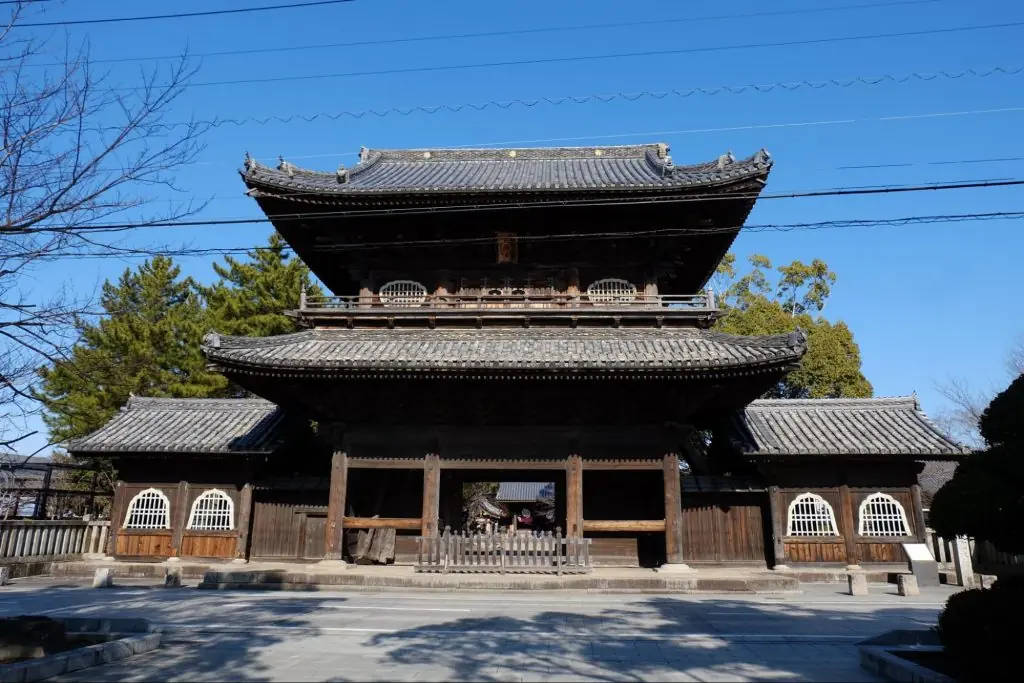


![[Ghibli Park] How to Enjoy Dondoko Forest! (Satsuki and Mei's House & Dondoko-do)](https://life-designs.jp/wp/wp-content/uploads/2023/07/image31-5-1024x683.jpg)
![[Trip 2023] What to do in Nagoya? 30 Recommended Sightseeing Spots](https://life-designs.jp/wp/wp-content/uploads/2023/10/FotoJet-50-1024x768.jpg)
![[Ghibli Park] How to enjoy Ghibli’s Grand Warehouse! A thorough report from recommended ways to go around to gourmet food](https://life-designs.jp/wp/wp-content/uploads/2023/07/image7-10-1024x683.jpg)
![[Iga City] Learn about food culture through manufacturing! “Iga no Sato Mokumoku Tezukuri Farm”](https://life-designs.jp/wp/wp-content/uploads/2023/09/image35-1024x708.jpg)

![[Indoor Facilities] Where to Go on Rainy Days in Tokai Area! For Family Outings!](https://life-designs.jp/wp/wp-content/uploads/2023/07/FotoJet-23.jpg)



![[2025 Latest Edition] 32 Summer Resorts Within 2.5 Hours by Car from Nagoya!](https://life-designs.jp/wp/wp-content/uploads/2020/08/d5e9a698a33b82fe60aa760e3d6d995f.jpg)

![[Nagoya-meshi] Nagoya's Speciality Dishes](https://life-designs.jp/wp/wp-content/uploads/2022/06/5ba2ca8c038fd4af7527bc0826367cfb-768x435.png)
![[Tokai Area] Scenic Spots which You'll Never Forget](https://life-designs.jp/wp/wp-content/uploads/2019/12/LD_banner_w1920x1088_prospect-1-768x435.jpg)
![[Ghibli Park] Beginner's Guide](https://life-designs.jp/wp/wp-content/uploads/2023/07/ghiblipark_w1920h1088_20240422-1024x580.png)
![[Sauna Specials] Feel Revitalized in Sauna!](https://life-designs.jp/wp/wp-content/uploads/2021/07/Sauna-1024x580.jpg)
![[Tokai Area] Place to Go on Rainy Days!](https://life-designs.jp/wp/wp-content/uploads/2022/03/f76405aaa33944a4ba88a131fbc56523-1024x580.png)
![[Special Feature] Enjoy Outdoor Activities!](https://life-designs.jp/wp/wp-content/uploads/2019/12/LD_banner_w1920x1088_outdoor-1-1024x580.jpg)

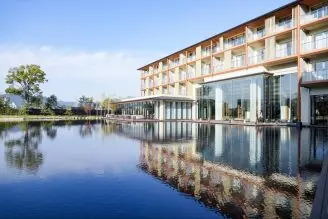

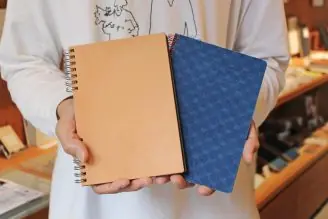
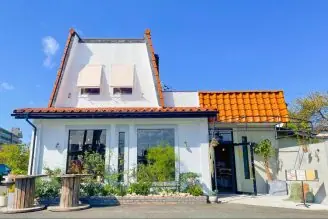
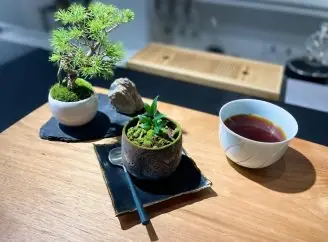
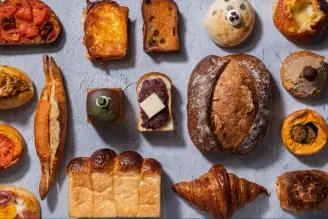
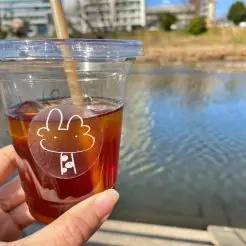




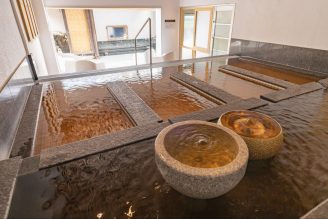
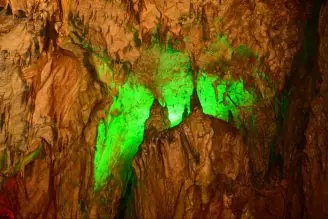
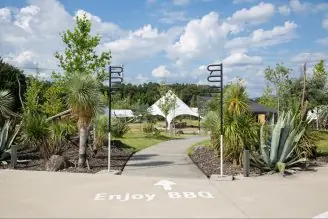
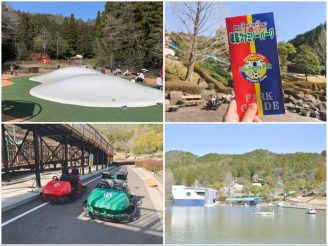

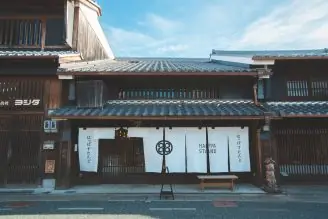
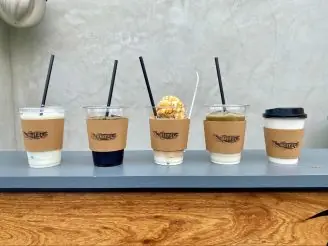
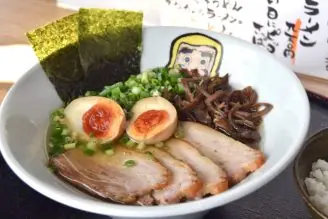
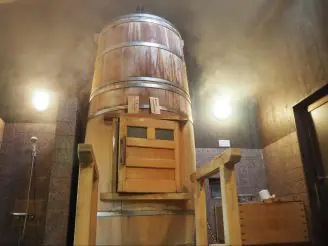
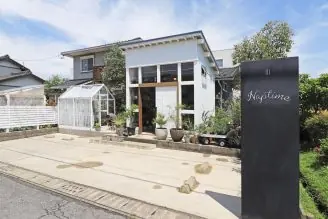
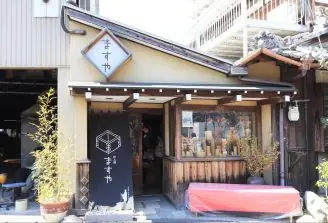
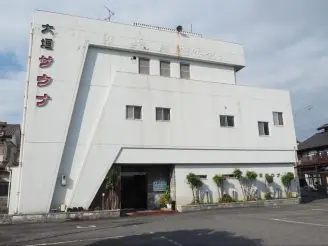
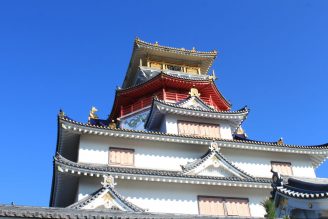

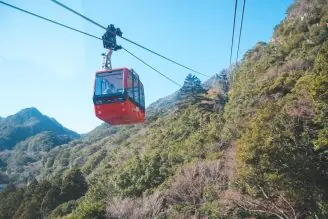
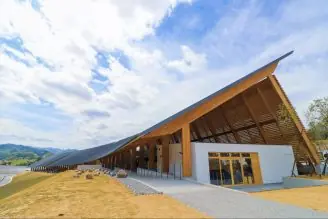

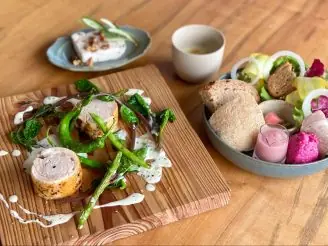
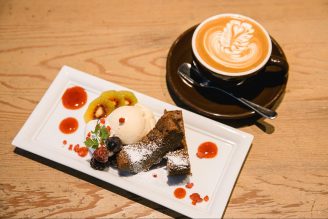

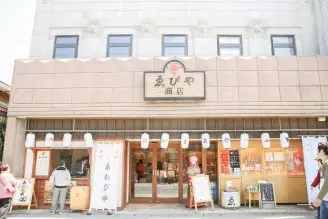
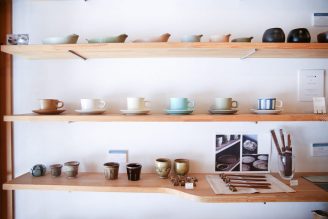
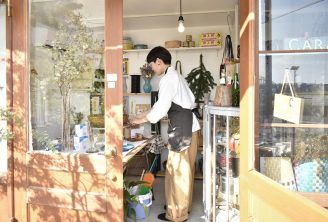


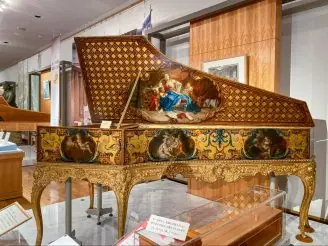

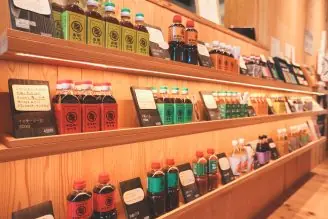
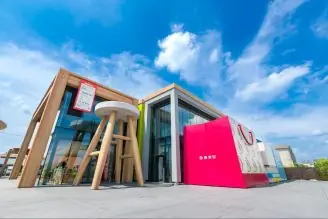




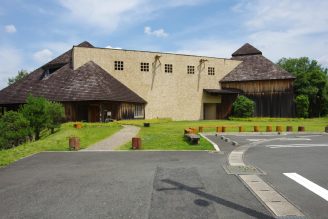
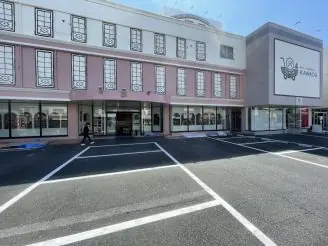
![[2025 Latest Edition] 32 Summer Resorts Within 2.5 Hours by Car from Nagoya!](https://life-designs.jp/wp/wp-content/uploads/2020/08/d5e9a698a33b82fe60aa760e3d6d995f-1024x683.jpg)
![[10 selections] Recommended for Girls' Trip from Nagoya! Special feature on Hotels and Inns](https://life-designs.jp/wp/wp-content/uploads/2022/11/FotoJet-1-1024x768.jpg)
![[20 Selections] Nagoya Souvenirs: Non-Sweet & Recommended Snacks Available at Nagoya Station](https://life-designs.jp/wp/wp-content/uploads/2025/07/image3-2-1024x683.jpg)
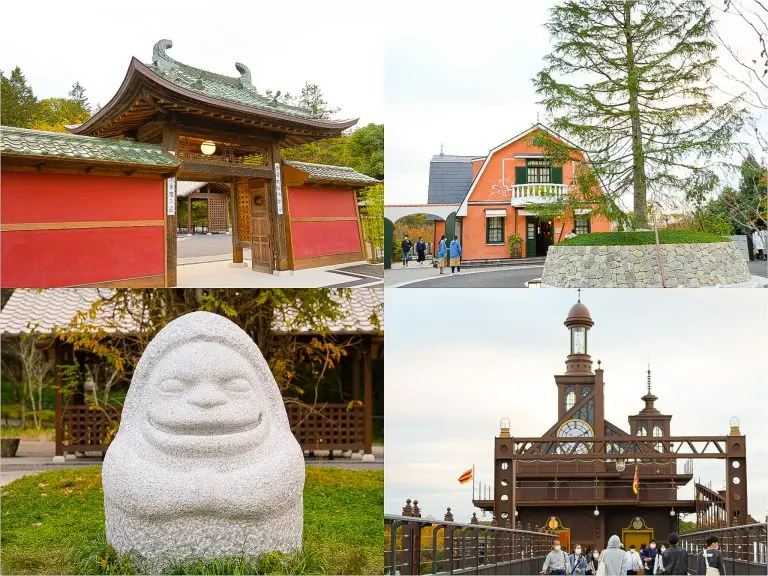
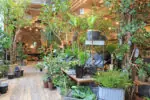
![[Within 2hrs by Car] 12 Outing Areas where You can Go on a Day Trip from Nagoya!](https://life-designs.jp/wp/wp-content/uploads/2023/07/odekake12_w1200h900_20240422-328x246.png)
![[28 selections] I want to get it when I go to Ghibli Park! Recommended goods & souvenirs (Ghibli’s Grand Warehouse edition)](https://life-designs.jp/wp/wp-content/uploads/2023/07/07bb34f30842ccc4c6412fc060e1966c-328x219.jpg)
![[14 Selections] Recommended spots to spend the weekend in Kakuozan area of Nagoya](https://life-designs.jp/wp/wp-content/uploads/2022/07/Kakuozan-spot_w1920h1088_240605-328x186.png)
